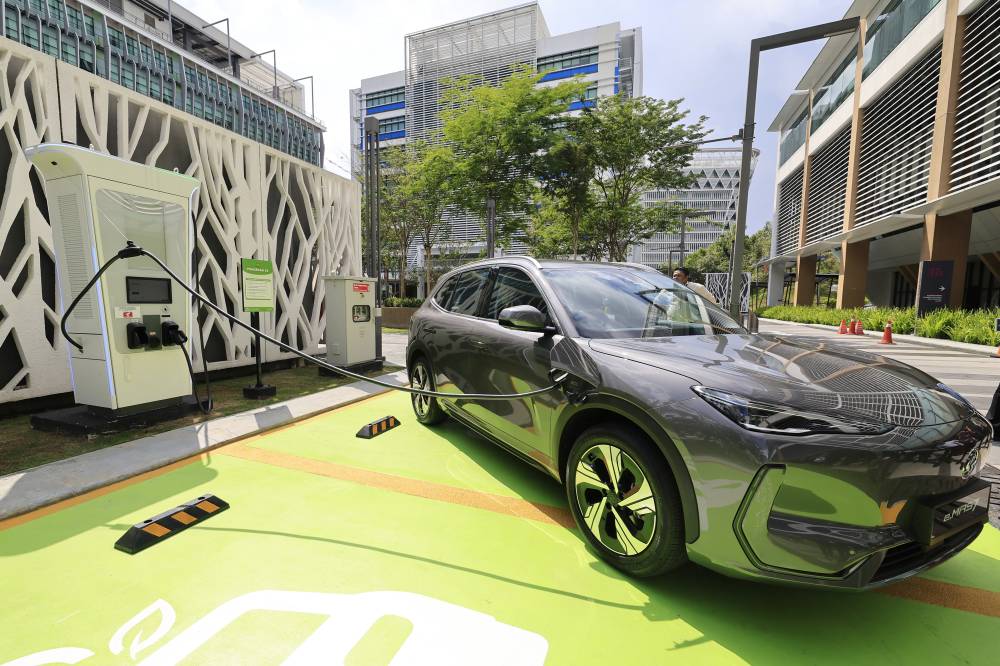Five key automotive trends in Southeast Asia for 2024
Southeast Asia's automotive industry transforms with EV surge and Chinese automakers.

KUALA LUMPUR - Southeast Asia’s automotive industry experienced a major transformation this year, driven by a surge in electric vehicle (EV) adoption, the rise of Chinese automakers, and evolving consumer preferences, according to integrated car e-commerce platform Carsome.
Its group chief business officer Aaron Kee said these developments highlighted the region’s growing role in the global automotive landscape, as the region balances global innovations with local strategies.
He cited five key automotive trends that shaped the market in Southeast Asia this year.
On the acceleration of EV adoption in the region, Kee noted that countries like Malaysia welcomed high-profile entrants such as Tesla, which introduced its models alongside plans to expand EV charging infrastructure.
"However, the region’s EV adoption was tempered by affordability challenges, with governments balancing foreign entrants with policies to support local automakers.
"For instance, floor pricing mechanisms in some markets were introduced to give domestic players time to scale EV production,” he said.
Kee also described 2024 as a breakout year for Chinese automakers in Southeast Asia, with brands such as BYD, Chery, and Wuling successfully rebranding themselves and gaining market traction through competitive pricing, modern features, and robust after-sales support.
According to data from the China Association of Automobile Manufacturers (CAAM), China sold 3.316 million vehicles in November 2024, marking an 11.7 per cent year-on-year (y-o-y) increase. From January to November, automobile exports reached 5.345 million units, a 21.2 per cent rise compared to the same period last year.
The third trend is affordability remaining the driving force.
Kee said the region’s diverse income levels meant sales were led by compact cars, mid-sized sport utility vehicles (SUVs), and budget-friendly EVs. Pre-owned vehicles also gained popularity as buyers sought cost-effective solutions.
"Additionally, countries like Malaysia and Thailand are navigating new policies that influence consumer behaviour,” he added.
Kee said in Malaysia, the diesel subsidy rationalisation in 2024 and the upcoming petrol subsidy rationalisation in 2025 have encouraged consumers to prioritise affordable vehicle options. Meanwhile, Thailand’s stricter loan approval criteria have further steered buyers toward cost-efficient alternatives.
"Chinese automakers capitalised on this trend by introducing vehicles that combined affordability with advanced technology,” he said.
The final two trends are the digital transformation of automotive sales and the acceptance of sustainability.
"Hybrid models gained popularity in countries like Indonesia, Thailand, and Malaysia, where they were seen as practical alternatives to full EV options,” he added. - BERNAMA














